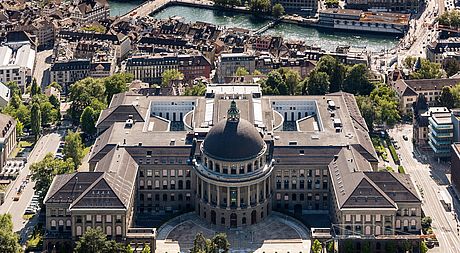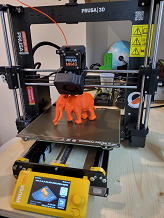
The conference opened with a talk of professor Dan Jacobson about investigating genetic architectures. His work was awarded with the Gordon Bell Prize 2018. His scientific team was the first to break the Exaop barrier on the Summit supercomputer (2.36 Exaops) which is currently rated at 200 Teraflop on the Top500 list. Dan submitted an entry for the Gordon Bell Prize 2019 about climates on Earth and his team is thinking on how to apply his research on other planets.
There were lot of interesting talks in the 3 days of conference, in up to 8 parallel sessions from 08:00 up to 19:50 and there were 428 attendants.
Main scientific applications were in the domains of climate and weather simulation, biology, high energy particle physics, chemistry and astrophysics.
Trilinos is still an important part of the software stack for High Performance Computing, the latest developments were addressed in the talks of Michael Heroux.
The Swiss National Supercomputing Center (CSCS) is developing open source software like Gridtools and Stella used in the Meteoswiss weather prediction models.
The general impression is that the supercomputing field is advancing fast thanks to the technological advances made in graphic cards and FPGAs. But there is the need to standardize programming languages and to provide drivers and software layers for all the different underlying architectures.
Next big revolution could come from photonics on chips to interconnect much faster the different computer components.









